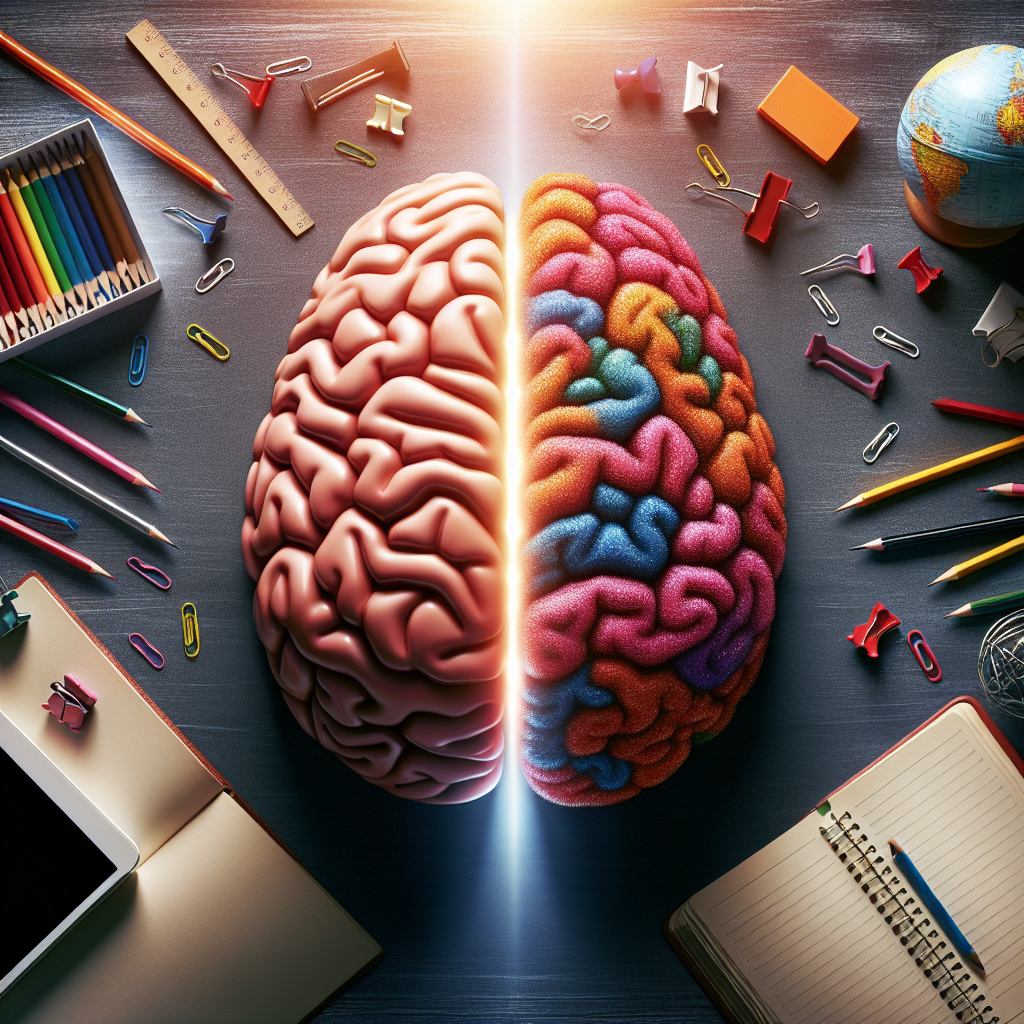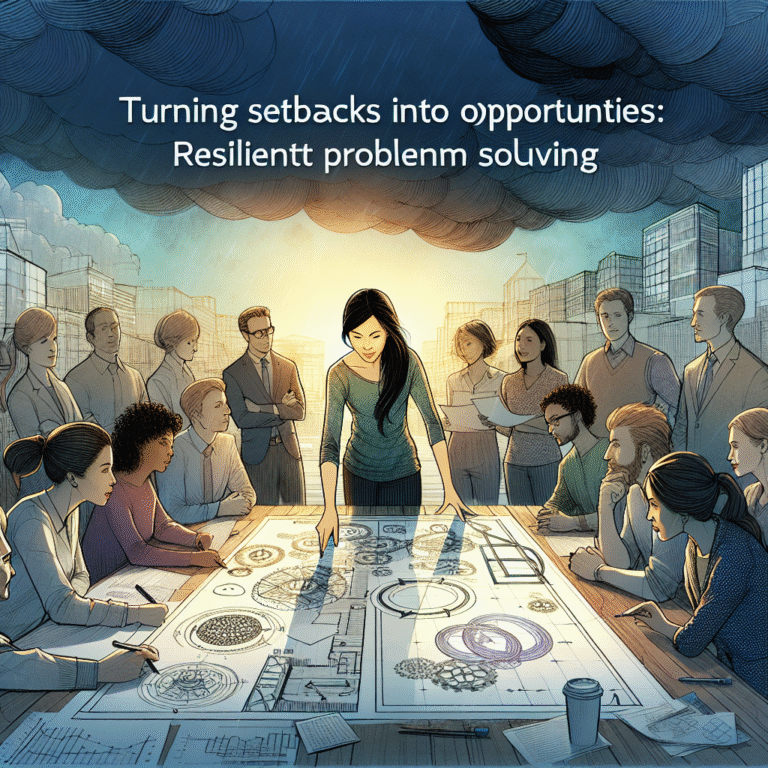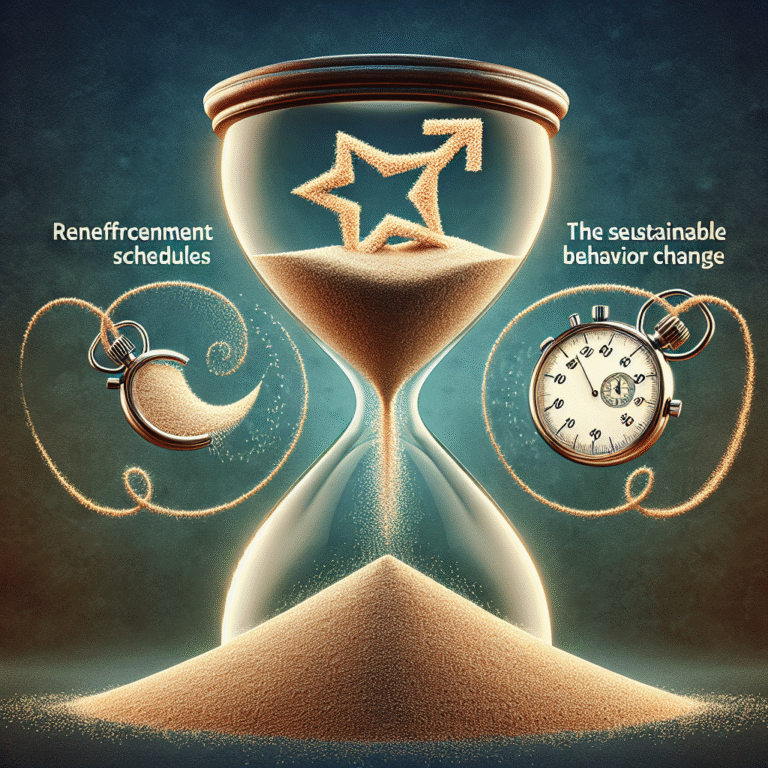
Introduction
In an age where multitasking is often hailed as a superpower, the phrase "Brain on a Split" encapsulates the phenomenon of divided attention. This article explores the intricate relationship between divided attention and learning, shedding light on how the human brain functions when bombarded with multiple stimuli. The challenge of divided attention is not merely anecdotal; it has profound implications on educational performance, productivity, and cognitive development. Understanding this dynamic can revolutionize how educators teach and students learn, paving the way for improved strategies that embrace the realities of our digitally-driven world.
The Science of Divided Attention
What is Divided Attention?
Divided attention refers to the brain’s capacity to process several inputs or perform multiple tasks simultaneously. The brain is not a true multitasker; rather, it rapidly switches between tasks, often leading to decreased efficiency and increased errors.
The Mechanisms Behind Divided Attention
Neuroscience research identifies specific brain areas involved in divided attention, primarily the prefrontal cortex. This region handles higher cognitive functions, including decision-making and problem-solving. When engaged in tasks requiring divided attention, the prefrontal cortex struggles to allocate resources efficiently, which can impede learning outcomes.
Case Study: Multitasking in the Classroom
Background
A study conducted by the University of California, Irvine, observed 150 employees in their work environment. Researchers found that those who frequently switched tasks took longer to complete their work and made more errors. This has direct parallels in educational settings, where students might read a textbook while texting a friend.
Analysis
This case illustrates how divided attention can severely affect learning outcomes. Students engaged in multitasking demonstrate lower retention of information and poorer understanding of subject matter, showcasing the real-world impact of a "Brain on a Split."
The Impact of Divided Attention on Learning
Cognitive Load Theory
The cognitive load theory posits that our mental capacity is limited. When students are tasked with absorbing information while also managing distractions, their cognitive load increases, often resulting in cognitive overload.
| Type of Cognitive Load | Definition | Example |
|---|---|---|
| Intrinsic Load | The inherent difficulty of the material. | Learning new math concepts. |
| Extraneous Load | The way information is presented (often distracting). | A noisy classroom environment. |
| Germane Load | The effort to process information meaningfully. | Creating connections between new and existing knowledge. |
Strategies to Improve Learning Outcomes
Given the challenges posed by a "Brain on a Split," educators and learners can adopt strategies to minimize divided attention and enhance learning.
Structured Learning Environments
Reducing distractions can support focused attention, making it easier for students to absorb information.Mindfulness Practices
Integrating mindfulness techniques can sharpen focus, helping students manage their attention better across tasks.- Active Learning Techniques
Engaging students through discussions, group work, and interactive activities can reduce the impulse to multitask.
Case Study: Mindfulness in Education
Background
A longitudinal study at the University of Wisconsin explored the effects of mindfulness practices on college students. With a focus on attention and emotional regulation, the researchers found significant improvements in academic performance among students who engaged in mindfulness training.
Analysis
The findings from this research suggest that teaching students strategies to manage their attention effectively can mitigate the adverse effects of a "Brain on a Split." Students who practiced mindfulness showed enhanced focus on learning tasks, thereby improving retention and understanding.
Technology and Divided Attention
Digital Distractions
In today’s digital age, students are often surrounded by potential distractions such as smartphones, social media, and streaming services. This constant connectivity can significantly fragment attention, hindering academic success.
The Distraction Quotient
A study published in the Journal of Educational Psychology revealed that students who used devices for non-academic purposes during lectures scored an average of 15% lower on exams compared to those who remained off their devices.
Strategies to Navigate Technology
Tech-Free Zones
Designating specific times or areas for device-free study can promote deeper engagement with learning materials.Scheduled Breaks
Implementing structured breaks can allow students to recharge cognitively without resorting to multitasking.- Digital Literacy Training
Teaching students not only how to use technology but also how to manage their attention while using it can build better learning habits.
Case Study: A University’s Tech Policy
Background
At Stanford University, faculty members implemented a technology policy limiting device usage during lectures. They conducted surveys to measure student engagement and academic performance before and after policy changes.
Analysis
The results showed a marked improvement in student engagement and academic performance post-policy. This case demonstrates the profound effects of managing divided attention facilitated by digital distractions and underscores the necessity of adopting solutions tailored to modern learners.
The Neuroscience of Learning and Memory
How Divided Attention Affects Memory
Divided attention impacts memory consolidation, the process by which short-term memories convert to long-term storage. When the brain attempts to multitask, it often compromises its ability to encode information effectively.
Types of Memory
Understanding the different memory types can help us realize how divided attention affects learning:
- Working Memory: Short-term storage of information.
- Long-Term Memory: Information retained over time.
When students are learning while also divided in attention, they heavily rely on working memory, leading to less effective encoding into long-term memory.
Strategies to Enhance Memory Retention
Chunking Information
Breaking information into manageable “chunks” can facilitate easier processing and retention.Spaced Repetition
Repeated exposure over time can improve long-term memory retention, allowing students to revisit material without the pressure of divided attention.- Active Recall Techniques
Engaging with the material frequently through quizzes and discussions encourages deeper processing.
Conclusion
Understanding the concept of "Brain on a Split: Understanding Divided Attention and Its Effects on Learning" opens doors to optimizing educational strategies. Given the challenges of divided attention in today’s fast-paced digital world, it becomes imperative for educators, students, and parents to collaborate toward creating focused learning environments. Embracing effective strategies that cater to the realities of divided attention can lead to enhanced learning experiences, better retention, and ultimately, academic success.
As we move forward into the future of education, let’s foster environments that respect the limitations of our cognitive capacities while embracing innovative methods for more effective learning.
FAQs
1. What is divided attention, and how does it affect learning?
Divided attention is the ability to process multiple stimuli simultaneously. It can impair learning by reducing focus, leading to lower retention and comprehension.
2. Are smartphones significant distractions in educational settings?
Yes, studies have shown that students using smartphones for non-academic purposes during lectures typically score lower on tests than their peers who remain device-free.
3. How can mindfulness help with divided attention?
Mindfulness practices can improve attention control by training the brain to focus better, thus enhancing learning and retention.
4. What strategies effectively reduce distractions in the classroom?
Creating tech-free zones, implementing structured breaks, and fostering an active learning environment can effectively reduce distractions and enhance focus.
5. Can divided attention impact long-term memory retention?
Yes, as divided attention strains working memory, the ability to encode information effectively into long-term memory suffers, which can hinder learning outcomes.
Understanding "Brain on a Split: Understanding Divided Attention and Its Effects on Learning" equips us with the knowledge to create better educational experiences. By prioritizing attention management, we pave the way for more profound educational success.














